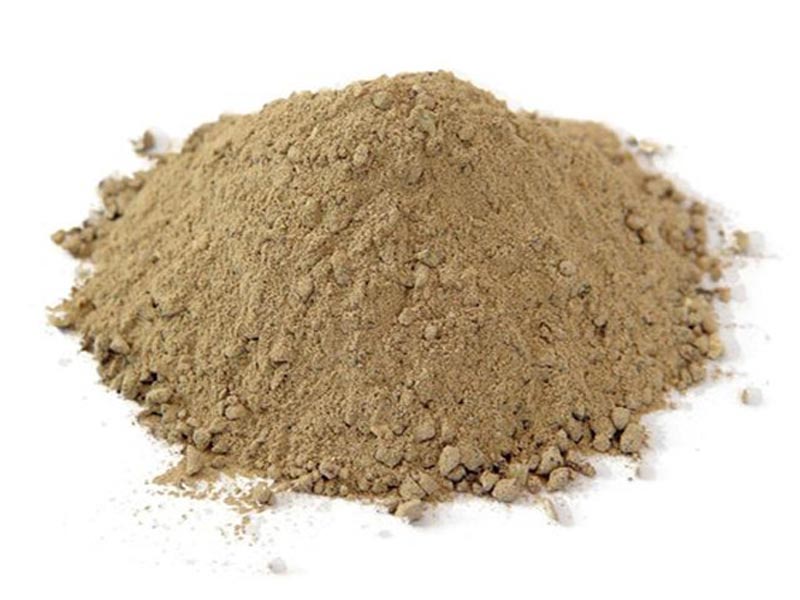News detail
What influence does the construction process of refractory mud have on its quality?
The construction process of refractory mud has a vital impact on its quality. The following are the specific aspects of influence:
Impact of the Mixing Process
Uniformity: Mixing is the first step in the construction process. The refractory mortar components must be thoroughly mixed and uniformly distributed. Inadequate mixing results in uneven distribution of binder, aggregate, and other components within the mortar, leading to inconsistent physical and chemical properties. For example, areas with concentrated binder may be too strong and hard after drying, while areas with less binder may be weaker and more prone to cracking or peeling. This unevenness can also impair the refractory mortar’s corrosion resistance and thermal stability during high-temperature use, as different areas have varying resistance to high temperatures and chemical attack.
Controlling the amount of water added: The amount of water added during the mixing process is also crucial. The appropriate amount of water ensures the refractory mortar achieves a good consistency. If too much water is added, the mortar will become too thin, causing it to flow easily during application or masonry, making it difficult to maintain its shape. This will also increase drying time and may lead to more shrinkage cracks. If too little water is added, the mortar will be too dry and hard, making it difficult to apply evenly during construction. This will result in loose filling between bricks, affecting the integrity and sealing of the masonry, and reducing its refractory properties.
Impact of Application and Masonry Techniques
Applying thickness and uniformity: Thickness and uniformity are critical factors when applying refractory mortar. Uneven application thickness can cause thicker areas to dry slowly and cracks to form during drying due to uneven shrinkage. Thinner areas may not provide sufficient bonding strength, leading to weak bonds between refractory bricks. Furthermore, in high-temperature environments, uneven application thickness can lead to uneven heat transfer, causing localized overheating and shortening the mortar’s service life.
Controlling masonry gaps: When laying refractory bricks, the size and quality of the gaps between the bricks directly impact the quality of the refractory masonry. If the gaps between the bricks are too large, the refractory mortar filling may shrink at high temperatures, creating gaps. This allows for the penetration of hot gases or slag from the furnace, reducing the sealing and thermal insulation properties of the masonry. Excessive gaps can also weaken the overall structural strength of the masonry. On the other hand, if the gaps between the bricks are too small, the refractory mortar will not be able to fully fill the gaps, which will also affect the bonding effect.

Impact of the Drying Process
Drying Speed Control: Refractory mortar needs to be dried after construction, and the drying speed significantly impacts its quality. If the drying speed is too fast, the moisture on the refractory mortar’s surface evaporates quickly, while the internal moisture has no time to diffuse out, forming a crust on the surface. As the internal moisture continues to evaporate, significant internal stress is generated, leading to cracking of the surface crust. Conversely, a slow drying speed will prolong the construction period and, in high humidity environments, may affect the refractory mortar’s strength development and chemical stability due to moisture.
Influence of the Drying Environment: The temperature and humidity of the drying environment are important factors. Suitable temperatures (generally between 10 and 30°C) and relative humidity (40% to 60%) are conducive to the drying of refractory mortar. High temperature and high humidity may cause hydration and other undesirable chemical changes in the refractory mortar, affecting its quality. In low temperature and high humidity environments, slow drying can easily lead to moisture resorption, which can reduce the refractory mortar’s performance.
Impact of Baking and Sintering Processes
The Impact of Baking System: Baking is a crucial step in ensuring that refractory mortar achieves its intended performance. A suitable baking system, including the heating rate, hold time, and maximum baking temperature, significantly impacts the quality of the refractory mortar. If the heating rate is too rapid, moisture and gases within the refractory mortar cannot escape quickly, causing expansion and cracking or spalling of the masonry. If the hold time is too short, the chemical reaction within the refractory mortar is incomplete, preventing the formation of a stable structure and affecting its high-temperature performance. If the maximum baking temperature is insufficient, the refractory mortar may not achieve the desired sintering degree, resulting in insufficient strength and corrosion resistance.
The Impact of Sintering Degree: Proper sintering improves the strength and density of the refractory mortar. Insufficient sintering results in high porosity and low density, making it susceptible to erosion by slag and gases at high temperatures. Oversintering can cause excessive shrinkage and cracking, increasing energy consumption and construction costs.


Send inquiry
Please Leave your message you want to know! We will respond to your inquiry within 24 hours!